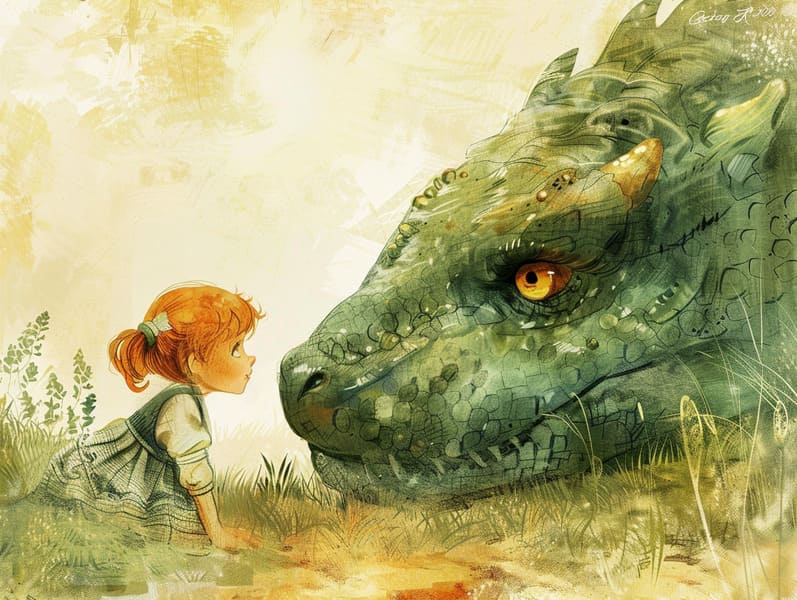Understanding the Beauty of Sleepy-time Adventures: Creating Beloved Moments with Your Children
Understanding the Beauty of Sleepy-time Adventures: Creating Beloved Moments with Your Children
Blog Article

Nightfall is a important time for kids and their parents. It’s a opportunity to wind down, cuddle up, and share the joy of bedtime narratives.
For generations, stories for kids at bedtime have been a prized custom, offering more than just a way to rest. They provide an chance for affection, education, and encouraging inventiveness.
How Bedtime Stories Benefit Kids
Bedtime stories for kids go beyond a way to finish the day. They play a key role in a child’s development and in reinforcing the adult-child relationship. Here’s why they are valuable:
1. Connection Time: Bedtime reading strengthens a special moment of connection between parents and children. It’s a moment of proximity that helps children feel valued and safe.
2. Speech and Language Skills: Being read to helps children develop their verbal abilities. They gain new vocabulary, understand form, and refine their hearing and grasping abilities.
3. Creative Development: Kids' stories lead them to magical worlds, promoting creativity. They see characters, settings, and adventures, which stimulates their creativity.
4. Feeling Recognition: Bedtime narratives often showcase characters facing challenges and sentiments. These plots help kids recognize and address their own reactions, building emotional intelligence.
5. Cognitive Development: Absorbing a narrative helps children develop focus, remembrance, and critical thinking skills. They develop to follow scripts, remember components, and guess endings.
Making Stories a Bedtime Habit
Forming a sleep-time routine that has storytelling is easy and worthwhile. Here’s how to turn it into a beloved part of your nightly habit:
1. Choose a Comfortable Spot: Identify a relaxing place where you and your child can snuggle up without interruptions. A comfy bed or a comfortable reading nook works wonderfully.
2. Set a Regular Time: Establish a routine time each night for bedtime reading. Consistency helps children anticipate and makes the tradition more sustainable.
3. Pick Stories for Their Age: Pick tales that are right for your child’s developmental stage. Toddlers might be engaged by easy books with basic stories, while older kids may like novels with more engaging plots.
4. Make the Story Interactive: Bring the tale be engaging by employing different character voices, adding special sounds, and getting your child to engage. Ask stuff about the story to maintain their interest.
5. Make a Calm Setting: Turn down the lights, check here use gentle voices, and create a quiet environment to help your child relax.
Where to Find Great Bedtime Stories
There are countless options where you can find fantastic bedtime stories for children. Here are some places to try:
1. Children’s Books: Visit your local library or bookstore to find a varied selection of bedtime stories for kids. Going through the options together can be a wonderful activity that also lets children to get stories that capture their interest.
2. Online Resources: There are many places online that offer free bedtime stories. Sites like Storyberries provide a variety of short stories for kids that you can download. These resources are great for finding new and varied stories without charges.
3. Apps for Storytelling: For nights when you’re too tired to read, think about audiobooks or storytelling apps. These can provide a soft-spoken reading to read your child a story, ensuring they still get their bedtime story fix. Apps often offer interactive elements that can keep them engaged further.
4. Personal Stories: Make your own stories based on your child’s interests. Personalized stories can be highly engaging and meaningful. You can include your child in the storytelling process, making them a part of the adventure.
Benefits of Brief Stories
Brief stories for children are very useful for bedtime. They provide all the plusses of longer stories but are more compact, making them perfect for relaxing before sleep. Here’s why short stories are a great choice:
1. Clear and Simple: Brief tales are simple and easy for kids to get, even after a long day. They can speedily grasp the narrative and enjoy the story without getting lost.
2. Rapid Interest: These stories rapidly engage children, seizing their attention and fascination. This makes them ideal for keeping bedtime rituals efficient yet enjoyable.
3. Various Options: Quick stories create for variety in your bedtime reading. You can get a different story each night, keeping the habit engaging and exciting for your child.
4. Time Efficiency: For busy parents, concise narratives are a time-saving way to verify children still get their nightly dose of storytelling. They fit well into a hectic schedule while still offering the full good points of a bedtime story.
The Happiness of "Read Me a Story"
The simple phrase, “Can you tell me a story?” can reveal a world of magic for children. Complying to this request not only caters to a child’s requirement for attention and engagement but also establishes lasting occasions. Here’s why it’s charming:
1. Tie: Telling tales to your child builds a deep emotional relationship. It’s a time for proximity, sharing, and bonding.
2. Legacy: Developing a bedtime story routine creates a important tradition that children are excited for every night. It’s a ritual that can be handed down through generations.
3. Shared Learning: As you read, you’ll see your child’s maturation and advancement. Their queries, reactions, and understanding of the stories develop, offering insights into their developing minds.
4. A Safe Haven: Bedtime stories provide a safe space for children to discover emotions, face fears, and find comfort in the trusted presence of a parent.
In Summary
Stories for kids at bedtime are a valuable tool for developing a child’s advancement and forming unforgettable events of connection.